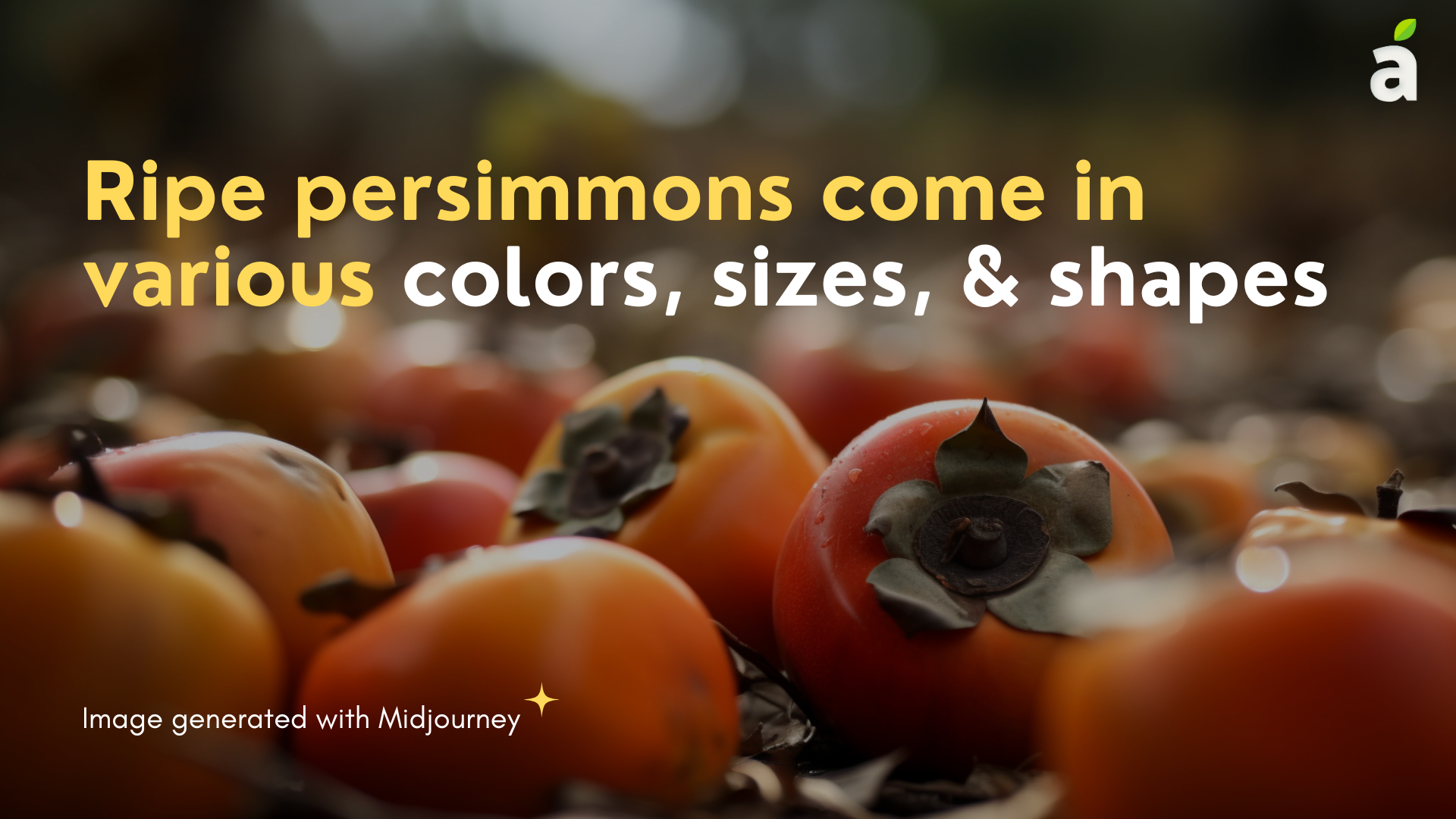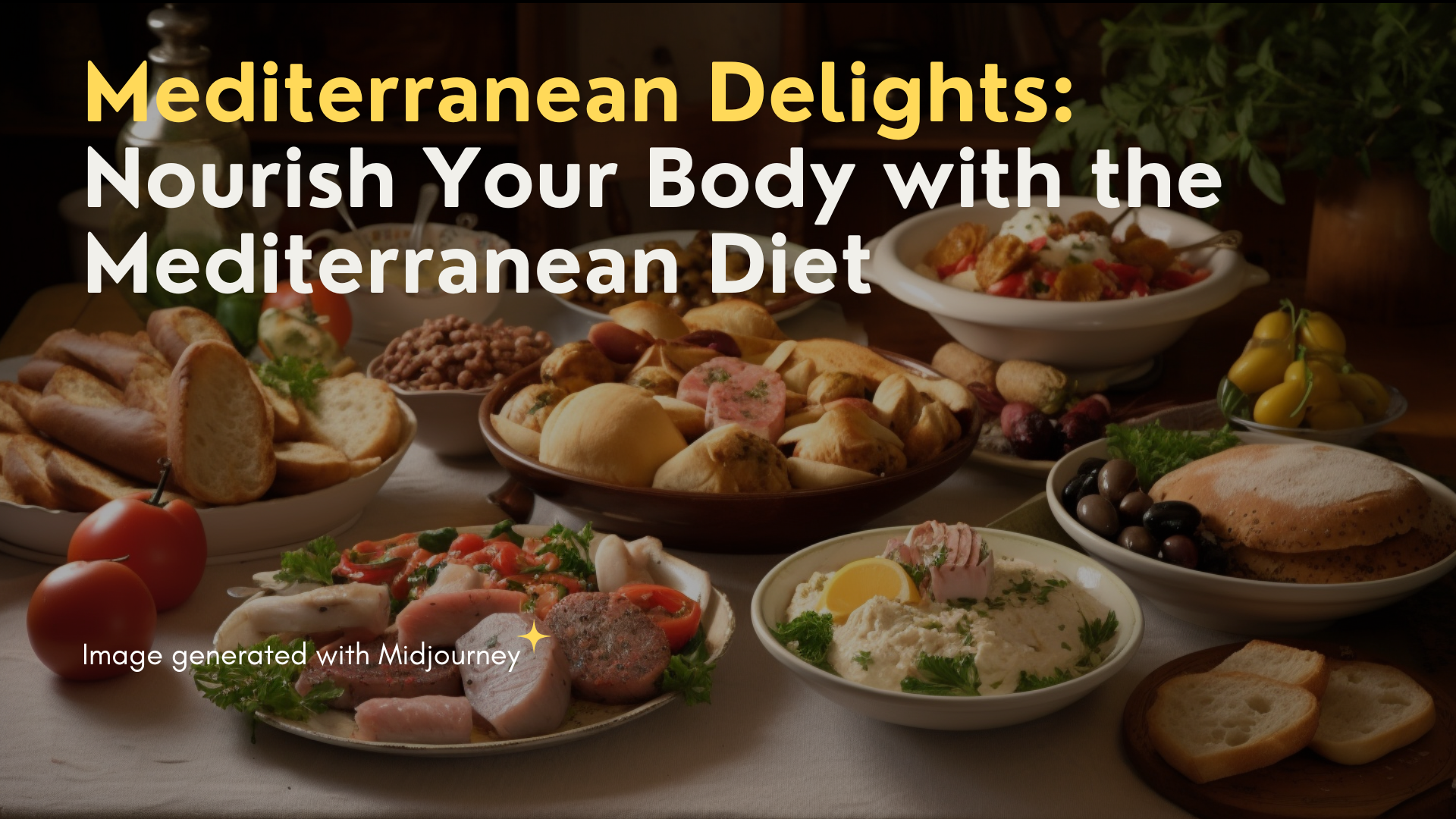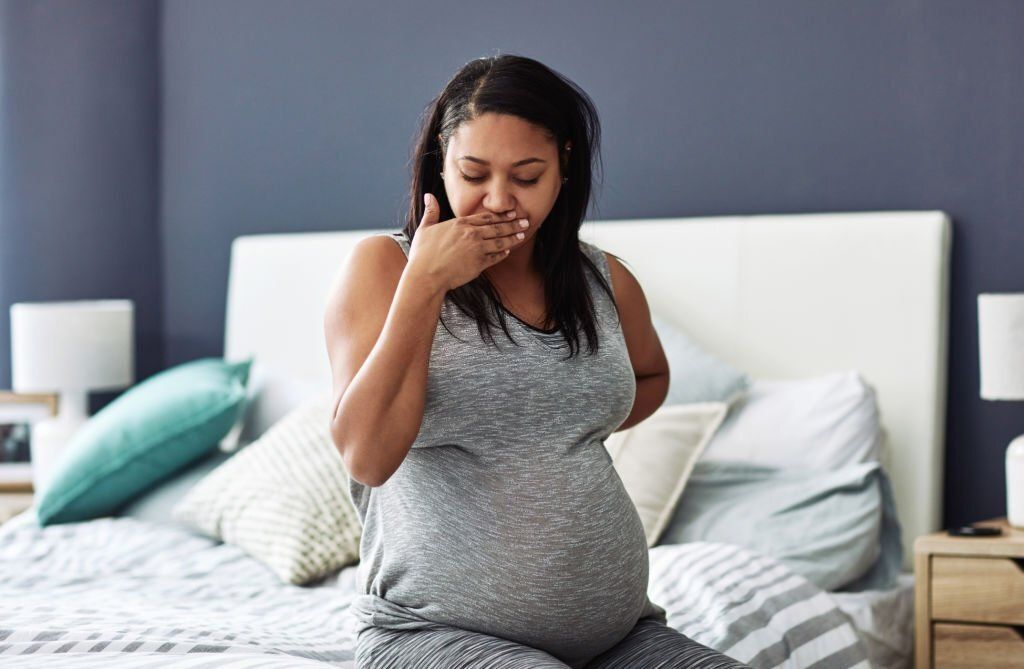Published Date January 24, 2003
9 months to bake a bun
By Hetvi Shah
4 min read
Last update date: January 24, 2003
I have heard people refer to a baking bun when talking about pregnancy. A bun certainly doesn’t take about 9 months to be baked.

Have you ever baked a bun by yourself? Well, if you have, you’ll know it's rather easy. Dramatically easy than giving birth. I have heard people refer to a baking bun when talking about pregnancy. A bun certainly doesn’t take about 9 months to be baked.
Baking a bun doesn’t come with stressing over changes in the body, occasional panic attacks, and all the complications that pregnancy does.
Complications in pregnancy
No matter how many precautions you take during pregnancy, you will still experience certain complications. These complications are a result of all the physiological changes that you have to go through. Here are some very common complications and consequences you will go through:
Nausea and vomiting:
Nausea and vomiting are generally mild and limited to early pregnancy. It begins and ends in the first trimester of pregnancy. An apple, a couple of pieces of ginger candy, plain water, nuts or a banana can help relieve nausea and vomiting.[3]
Constipation:
Constipation is more common in the later half of the pregnancy. Hormonal changes and pressure on the digestive tract may make the passing of stool difficult. Adding more fluids, fruits, and vegetables to your diet might help relieve constipation.
Heartburn or Gastric Pressure:
Heartburn is a consequence of a growing foetus and is generally felt after meals. This can be avoided by taking small frequent meals and drinking enough fluids in between meals.
Oedema (swelling):
Oedema commonly known as swelling is experienced by many of you as mild oedema in the hands, lower legs, and feet. This is due to the increased blood volume and the pressure on the main blood vein. It is important to seek medical help in case of oedema.
Adding potassium (potato, banana, avocado, white beans), dark chocolate (40 grams in 2 weeks), green/black tea and plenty of water will help relieve the swelling.[2]
Pregnancy-induced Hypertension:
Hypertension is usually noted after the 20th week of pregnancy and is also termed pre-eclampsia. Pre-eclampsia is sometimes also followed by eclampsia (onset of seizures or coma). Early diagnosis of pre-eclampsia is important for its prevention.
Anaemia:
In India, a majority of pregnant women suffer from anaemia. Anaemia can be diagnosed if your diet is low in iron, folic acid, and Vitamin B12 during pregnancy. It can be very easily avoided by altering your diet and adding food items that are rich in these nutrients. You can also very easily add supplements and fortified foods after consulting your nutritionist or physician.
Gestational Diabetes:
Women with a family history of diabetes or who are obese are at great risk of developing gestational diabetes. It usually gets developed during the second half of pregnancy and normalizes after delivery. Foods rich in fibre and other complex carbohydrates, and low in fat and sugars are recommended.
Knowing these complications may have given you an elaborate idea of what the mother goes through. Meanwhile, let’s take a look at the changes in the foetus (bun as most people like to refer to it).[1]
Developmental stages of the foetus
The period of pregnancy lasts for approximately 280 days and is divided into three phases or trimesters. You see, a baking bun has certain requirements too, let’s see what those are.
Blastogenic stage -
After conception, the fertilized egg shapes itself as a hollow ball. It is also known as a blastocyst and has inner and outer layers of cells. Over the next few days, the blastocyst is inserted into the walls of the uterus. The uterine lining serves as the food source for the embryo. Further, the inner layer of the blastocyst becomes an embryo while the outer one becomes the placenta. It lasts no longer than 2 weeks.
Organogenesis -
There are three cell layers (the germ layers) in the embryo. For the next six to seven weeks, these cell layers or tissues change and are transformed into various body parts and organs (thus organogenesis).
The outer layer (ectoderm) becomes the brain, nervous system, skin, and hair. The middle layer (mesoderm) turns to bones, voluntary muscles, and all the other parts of the cardiovascular and excretory systems. While the inner layer (endoderm) forms all the glands and all the features of the respiratory and digestive systems.
The nutrients required during this period are obtained from the blood in the space between the embryo and maternal tissues. Nutritional inadequacy during this period may lead to congenital diseases (beginning at and continuing after birth).
Growth -
For the next 32 weeks, the foetus is in a period of growth. During this stage, the various tissues continue to grow until they reach a stage when it is capable of surviving outside the womb. The growth period is further subdivided into three phases:
- Hyperplasia -
The number of cells increases during this period (replication of cells). For the process of replication of cells, folic acid and Vitamin B12 are the most essential nutrients. - Hypertrophy -
New cell formation continues during this period while the size of the existing cells increases. This stage requires amino acids and Vitamin B6 in abundance. - Final phase -
During this final period, the division of cells slows down and growth is mainly due to the increase in the size of the cells. The nutritional requirement is the same as in both the other stages mentioned above.
If your diet lacks nutrients that are necessary (as mentioned above), it will irreversibly affect hyperplasia but not hypertrophy.[1]
Apart from foetal growth during the early stages of pregnancy, the placenta's development also takes place. Placenta provides nutrition to the growing foetus. There is no direct contact between the foetal and the maternal circulatory system. But they are close enough to transfer the nutrients as well as the excretory products.[1]
Takeaway
Some complications are commonly occurring while others may occur due to nutritional deficiencies. Nutrition, throughout the pregnancy, plays a vital role; lack of it can affect both you and your child. Now you know how easy is it to bake a bun than being pregnant? Read the other blogs in the pregnancy series to know more.
References
- Textbook of Nutrition and Dietetics - second edition
- https://www.pregnancyfoodchecker.com/foods-help-reduce-swelling-pregnancy/
- https://www.everydayhealth.com/digestive-health/diet/foods-that-help-relieve-nausea/
Keep reading

What does it take to bake a bun?
A bun needs a few necessary ingredients to turn out fine. By fine I mean it needs to be fluffy or spongy enough to be called a bun.
By Hetvi Shah

Eat Shakahari to Lose a Few Kilos
By Hetvi Shah

Persimmon: A Tangy Twist to Nature's Sweetness
By Naurin Ansari

Mediterranean Diet: Journey to a Healthier You
By Naurin Ansari
Choose Healthy With Us.
Know the real truth about your food. Stay informed and healthy, for free.

Download the App Now
Certified nutritionists trust our food recommendations. Safe to say, so can you :)










